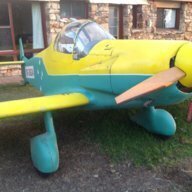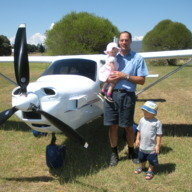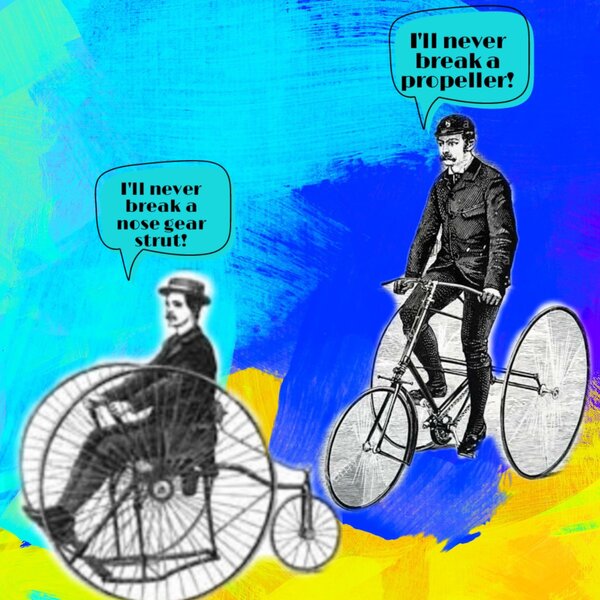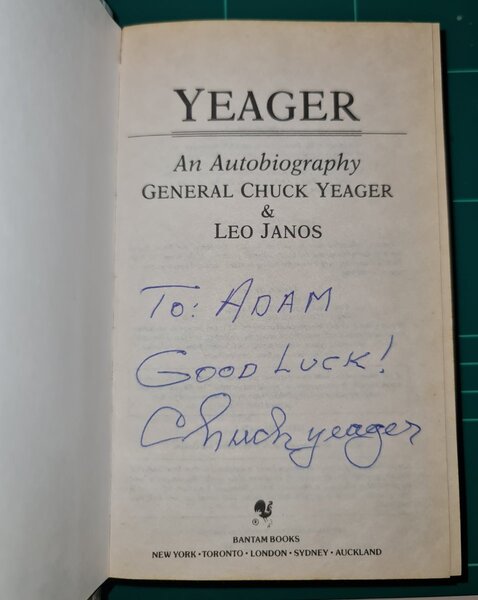-
Posts
48 -
Joined
-
Last visited
Information
-
Aircraft
Sling2
-
Location
YHEC
-
Country
Australia
Recent Profile Visitors
3,157 profile views
Tigershark21's Achievements

Well-known member (3/3)
-
Tigershark21 started following HUMMEL-BIRD , Taylor-Monoplane , Aircraft Fabric Finishing and 2 others
-
Years ago, I once had an issue in a 172 training aircraft that developed a faulty nose wheel steering during takeoff. Believe me, you can certainly raise it's nosewheel off the bitumen before planned rotation speed if you need it to and use differential braking to steer (which was normal on some aircraft) so no running into fence posts. Heavier aircraft or lighter aircraft. It doesn't matter. What matters is the inherent design of the main undercarriage positioning of a particular aircraft design in relation to the aircraft's centre of gravity balanced mass thereby having either a 'lighter' or 'heavier' feel because of the fulcrum effect on rotation. Some designs are just reluctant to lift their noses sooner because their mains are rearward of the CoG. And sometimes in those cases, the undercarriage mains are shorter than the nose leg giving a higher AoA whilst sitting stationary on the tarmac.
-
You're correct Emu, Here, thrust is your true elevator, and your elevator (and trim) is your speed control which is maintained by varying the wing's angle of attack at a given thrust in order to hold a given attitude at a given speed in either a climb, level flight or a descent unless the critical angle is reached.
-
Generally I believe Low ALT and low IAS, turning cross to downwind. A drop in airspeed and increase in ground speed whilst also factoring in a further decrease in lift because of angle of bank and shift in the total reaction of the wing thereby increasing the stall speed at the same time airspeed is dropping. A double edged sword! Aggravating issues of sink rate and stall onto the downwind leg if inducing more drag by a higher degree of maneuvering on a high performance, less forgiving wing at low speed. Especially a downwind turn of higher AOB. Complicating with a climbing downwind turn 🤪 Enhancing factors of sink rate and stall to be aware of in unfamiliar locations: Density altitude at location, weather/wind shear (speed and direction), temp. But also be aware of wing loading, wing/aerofoil design purpose limitations. Wing design is a tade-off to compliment a particular flight envelope it must excel at. The trade-off is that it may be good at a certain job (training or flying fast, or high altitudes etc etc), but worse at another envelope of its flight. Some people refer to these as 'vices' and they'll say "it will bite you" but actually, these are pilots flying the wing outside its designed parameters and must get familiar with the operator's manual because they are flying a different type of wing than what they are used to which may once again excel at a different envelope of flight. Stability issues and tight parameters can catch people out. Not all wings fly equally. Some aerodynamic devices may be employed to alleviate undesirable effects somewhat and minimise the negative 'trade-offs' but good operating procedure is paramount. The aircraft's design performance specifications is the first step in wing design by knowing these initial requirements. These will determine at a basic level: Aerodynamic characteristics of given aerofoils for certain jobs (wing air displacement) Wing's stall pattern Geometric characteristics of an aerofoil and the effects of these geometric parameters Reynolds number and the roughness on aerodynamic characteristics of aerofoils The Aerofoil camber Aerofoil thickness ratio Aspect ratio Wing sweep Wing taper ratio Twist / or washout Angle of Incidence Dihedral type if any Wing location Flaps & Aileron design, area and position. Other requirements such as lift or spoil devices Wing tip/root design
-
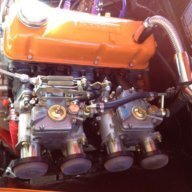
Aircraft Fabric Finishing
Tigershark21 replied to Tigershark21's topic in Aircraft Building and Design Discussion
Oratex looks great. Probably lighter overall too. However I'd have work out the costs for the pre-coloured ORATEX vs standard fabric and paint. Even if the costs do work out even, ORATEX would be time saved in labour. I'm just not sure about the limited colours. If I went with ORATEX, I'd probably go with a standard background colour but with painted highlights and pinstriping here and there. I'm assuming ORATEX paint is the same sheen as the fabric. I'll have to do more research on this. Thanks for the tip. -

Aircraft Fabric Finishing
Tigershark21 replied to Tigershark21's topic in Aircraft Building and Design Discussion
Nice set up! Luckily, the Fisher 404 is tiny. I'll have to build an enclosure like yours. The dust here is terrible. I'll leave the top coat purchase til the end then! I do love painting. I do a lot of airbrushing using waterborne automotive paints by Createx colours usually from airbrusmegastore.com however they are not for aircraft and not sure of their UV rating if any. I really do like the IWATA air brushes. Did you use Superflite 101 Fabric with your plane or another fabric brand with Stewart chemicals? Adam. -

Aircraft Fabric Finishing
Tigershark21 replied to Tigershark21's topic in Aircraft Building and Design Discussion
Hi Skippy, Thanks for the info! I'll stick with Stewart System then and give it a go. Is the top coat a two part mix? ..Hence the three hour shelf life? There I was the day I flew out at the Oaks when I was 16. -
Happy new year to all, I'm currently exploring options for fabric finishing and paint systems. I haven't found anything in the forums on Stewart Systems. So far, I am liking the idea of "Stewart Systems" products because of it's water based/waterborne products. Healthier and less harmful with easy clean up. I'm interested to hear what wood & fabric builders have used with regards to fabric cover, glues, sealing and prime/paint finish on their aircraft and why. Pro's vs Cons? I'm guessing that once people start with a certain system, they learn it, understand it and generally stick with what they know and get good at it!
-
Brigadier Gen. Yeager, You lived and experienced a truly amazing age of aviation. Many years ago you wished me luck! Science, math and physics aside, most of us are slightly superstitious... checklists checklists and re-check.. but sometimes a bit of luck also goes a long way. Gone but not forgotten.
-
Even Verner has said their 3V and 5V radials are out of production now 😞 Does anyone here know much about the 60Hp 4 cycle Aeromarine V-twin? https://www.aeromarine-lsa.com/vtwin/
-
Hi all, I checked past forum posts and found nothing sepcifically on this, so thought I'd share this because it might be a good 57Hp alternative to the slightly less powerful and rough 1/2 Volkswagon or other types you are still sitting on the fence about. I've been following Pete Plumb's work in the USA for a couple of years now. The half Continental O-200 (uncertified) in a two cylinder configuration known as the "Pegasus DP-1 / O-100" It's also a fully balanced engine which is a plus. It uses all continental parts you can get off the shelf, except the new casing, crank, cam shaft, new lifters and hydraulic units, rods and pistons available all as a kit. Build it yourself, or get someone to do it for you. I like to continually search and maintain an open mind on engine types that are out there and I think this might be a good choice for one of my projects. Hope this info may also help others. http://flypegasuspower.com/wp/specifications/
-
Hey guys, I'm really interested in these Hummelbirds also. I've also been following Pete Plumb's work in the USA on a half O-200 Continental. He calls it the "Pegasus DP-1" so I guess you could refer to it as a O-100... It has around 57hp, uses continental parts. I reckon the great thing about this engine (not just being Continental) is its balanced nature through the entire rpm range as 'opposed' (pardon the pun) to the 1/2 vw engine in the 2 cylinder configuration. (Not a big deal though). If it's not too heavy, it might be a good alternative to the 1/2 VW. What do you guys think? http://flypegasuspower.com/wp/specifications/ https://www.youtube.com/watch?v=KKb4fkYhFPs


